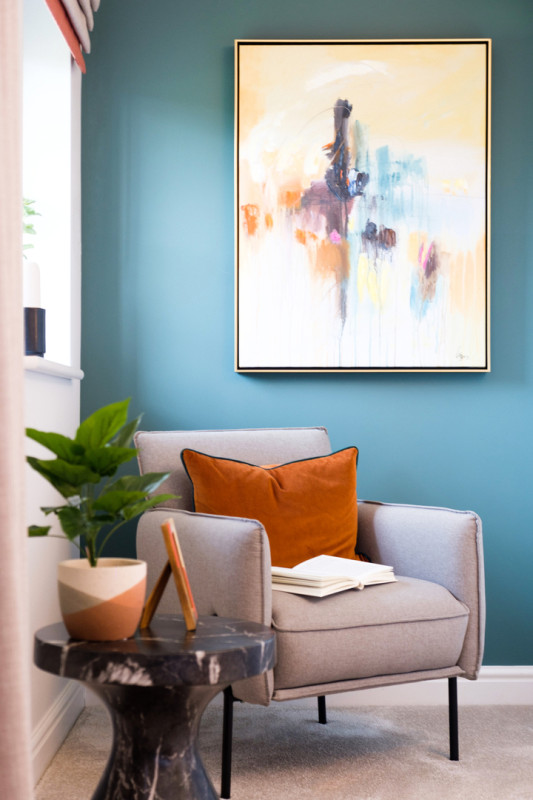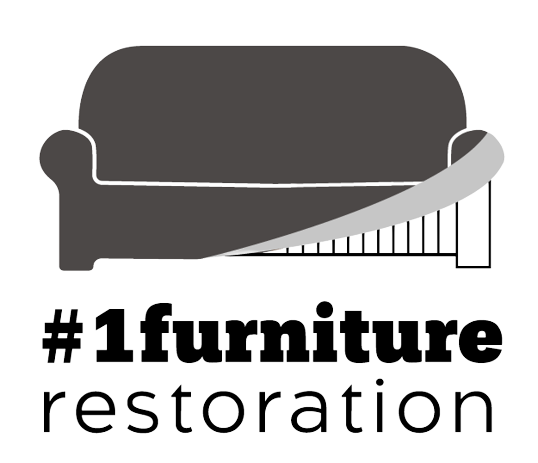Long Beach, Californiachange

Trends in Furniture Design: Exploring Modern Materials and Techniques for Restoration
POSTED ON 02.08.2023
Trends in Furniture Design: Exploring Modern Materials and Techniques for Restoration
Furniture design trends are constantly evolving, with a focus on incorporating innovative materials and techniques into the restoration process. As technology advances and sustainability becomes a central concern, furniture restoration has embraced a new era of creativity and eco-consciousness.
1. Sustainable Materials: In today's world, environmental responsibility is crucial. Furniture restoration experts are turning to sustainable materials like reclaimed wood, bamboo, and recycled metal to reduce the ecological impact of their work. These materials not only contribute to the preservation of natural resources but also add unique character to the restored pieces.
2. Eco-friendly Finishes: Traditional furniture restoration often involved using harsh chemicals and finishes that were harmful to both human health and the environment. However, modern restoration practices have shifted towards eco-friendly finishes, such as water-based varnishes and natural oils. These finishes are low in VOCs (volatile organic compounds), making them safer for both the restorer and the end-user.
3. Digital Design and Prototyping: Technological advancements have revolutionized the way furniture restoration projects are conceptualized and executed. Computer-aided design (CAD) software allows restorers to visualize their ideas in a virtual environment before physically working on the piece. Additionally, 3D printing and prototyping enable the creation of intricate and precise replacement parts, simplifying the restoration process.
4. Upholstery Innovations: Upholstery plays a crucial role in furniture restoration, and modern techniques have introduced exciting possibilities. High-performance fabrics with stain-resistant and antimicrobial properties are gaining popularity, making furniture more durable and easier to maintain. Moreover, custom upholstery designs allow clients to personalize their restored furniture to suit their individual tastes.
5. Mixed Materials and Texture: Today's furniture restoration embraces a fusion of materials and textures to create unique and visually striking pieces. Combining wood with metal, glass, or even unconventional materials like concrete or acrylic, adds an edgy and contemporary touch to traditional designs.6. Minimalist and Functional Design: Simplicity and functionality have become key principles in modern furniture restoration. Clean lines, understated elegance, and efficient use of space are highly sought-after features, catering to the growing demand for practical yet stylish furniture pieces.
7. Retro and Vintage Revival: Nostalgia plays a significant role in furniture design, and restored vintage and retro furniture are experiencing a resurgence in popularity. Restorers carefully preserve the original design elements while updating the pieces to suit modern tastes.
8. Smart Furniture Integration: With the rise of smart technology, furniture restoration is witnessing an integration of electronics into various pieces. From charging stations and built-in speakers to hidden storage compartments, these tech-savvy features enhance the functionality of restored furniture.
9. Handcrafted Artistry: Despite technological advancements, the allure of artisanal craftsmanship endures. Skilled artisans bring a touch of human artistry to every restoration project, ensuring that the beauty and soul of each piece are thoughtfully preserved.
10. Multifunctional Furniture: In response to urban living and space constraints, multifunctional furniture designs are gaining traction. Restorers are reimagining vintage pieces to serve dual purposes, such as transforming a chest into a desk or a side table into a bar cart.
In conclusion, the world of furniture restoration is embracing modern materials, innovative technologies, and sustainable practices. From eco-friendly finishes to smart furniture integration, these trends enrich the restoration process, creating furniture pieces that not only honor their heritage but also align with the needs and desires of contemporary living. By combining creativity, artistry, and a commitment to sustainability, furniture restoration continues to captivate and inspire both designers and furniture enthusiasts alike.






